Photovoltaic Diesel Hybrid System in Bolivia Supplies Energy to Remote Region
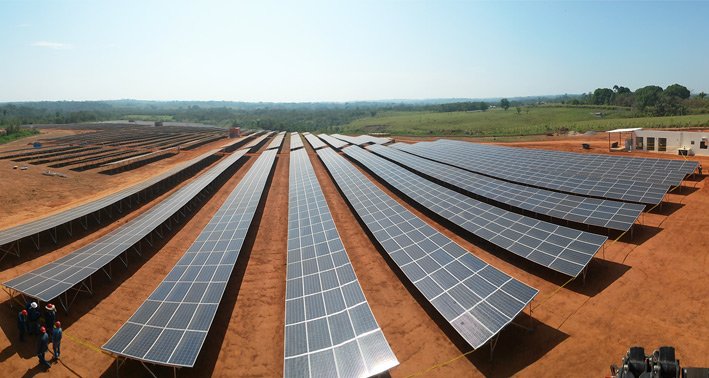
The Pando region in the north of Bolivia is extremely remote and sparsely populated. Since a utility grid here is out of the question, the region is supplied with power from a diesel power plant. Until December 2014, just 65 percent of the population had access to electricity. Thanks to a photovoltaic diesel hybrid power plant located in Pando’s capital, Cobija, the region is now on course to having its own sustainable energy supply by eliminating its dependency on fossil fuels and increasing its electrification rate to 80 percent. By expanding its power plant to include solar energy, the local electric utility company will save around 1.9 million liters of diesel fuel each year.
The streets of Cobija are frequently loud, dusty and choked with exhaust fumes. The heat and humidity quickly make you break out in a sweat, and everywhere there is hustle and bustle. Entire families often ride astride motorized two-wheel vehicles, while taxis transport visitors at breakneck speeds through the city’s streets. Thanks to its status as a special customs zone, the capital city of the Pando Department is currently enjoying an economic upturn the likes of which have not been seen since the 1940s when the rubber industry boomed. Cobija has become one of the most important commercial centers for consumer durables. Many everyday items are offered at much lower prices here than in Brazil, which lies within walking distance. It’s possible to get your hands on almost any conceivable product here. Major construction projects such as a new airport or soccer stadium are announced on billboards. The only sticking point is how to supply energy for the around 55,000 people who live in the city and surrounding areas.
Toward a sunnier future: the shift away from diesel
A truck trundles along the road, sending up huge dusty clouds of sunbaked earth behind it. This 17 metric ton vehicle is transporting diesel to the diesel power plant on the outskirts of the city. These heavy trucks arrive at the plant twice a day—and recently as much as three times a day. However, it’s not uncommon for the drivers to find themselves thwarted by the Madre de Dios river when it bursts its banks following the heavy rainfall typical of this region, making the highway and access road to the power plant impassable. When this happens, the fuel sometimes even has to be loaded onto boats. Fossil energy carriers are still highly subsidized in Bolivia and so relatively cheap, although this has the effect of masking the high costs involved in their supply and transportation.
The city’s newest pride and joy: the photovoltaic diesel hybrid system
But there is a way that Cobija can satisfy the growing energy needs of its inhabitants and businesses: solar energy. With good solar irradiation levels of around 1,500 kWh/kWp per year, the region offers the perfect conditions. And so, just nine months following publication of the invitation to tender, the world’s biggest photovoltaic diesel hybrid power plant with battery-storage systems entered operation here back in December 2014, becoming the city’s newest pride and joy. “We are proud of the fact that Bolivia’s first large-scale PV system also happens to be a hybrid plant,” says Stefan Tait, Senior Sales Manager Hybrid, who coordinated the project for SMA. “For us, it is also a flagship project for our Sunny Central Storage battery inverters because it demonstrates how we can significantly further increase the photovoltaics component of power generation.”
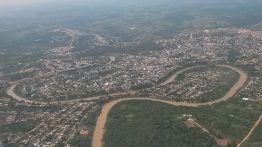
Cobija is extremely remote and, during the heavy rainfall typical of this region, difficult access. When the Acre border river overflows its banks, the access road to the diesel power plant is also unpassable.
Sustainable energy supply facilitates growth
The PV system is just a few kilometers away from the diesel power plant, also on the outskirts of the city. The modules have an output of 5.2 megawatt-peak (MWp), while the connected lithium-ion battery-storage system has an output of 2.2 MW. As an intelligent control component between the diesel and PV power plant, the SMA Fuel Save Controller (FSC) calculates the maximum permissible photovoltaic output from the energy flows in the utility grid. This keeps the system stable and ensures that the diesel generators are controlled smoothly. The FSC also controls the battery by compensating fluctuations in PV energy generation and electrical loads. This allows the electric utility company to save around 5,200 liters of diesel each day, which equates to annual savings of 1.9 million liters of fuel and the corresponding amount of CO2. Another positive effect is that the diesel generator does not have to operate for as many hours because it no longer needs so much reserve power—this is now partly the job of the batteries.
Major potential for renewables
For Cobija, the PV system is a real highlight. The topping-out ceremony in September was attended by President Evo Morales, who inaugurated the first third of the system. “The fact that the sun is now replacing truckloads of diesel here is something that many people initially found hard to grasp,” says SMA development engineer Tim Rösinger, who commissioned the batteries and battery inverters. “The concept of generating energy with zero emissions is for many people here completely new territory.” But the potential is huge, and the geographical preconditions both in the highlands of Bolivia and in lower-lying areas with many rural and remote areas are ideal for the construction of off-grid solar-energy-based systems. The government is also planning to integrate renewable energies in the energy supply on an even greater scale to supply more homes, public buildings, schools, hospitals and social facilities.
Interview: “By truck across the Andes”
Our colleagues Stefan Tait (Senior Sales Manager Hybrid Sales), Tim Rösinger (Research and Development Commercial/Utility) and Johannes Weide (Technical Product Manager Commercial/Utility) were involved in planning and installing the hybrid system in Cobija. Here, they talk about the tough climate, the logistics of working in extremely remote locations and the need to improvise.
The hybrid system in Cobija was installed and commissioned in an extremely short period of time. What were the biggest hurdles?
Stefan: Cobija is what we describe as extremely remote. Even the flight itself over the Andes into the Amazon rainforest is a fascinating experience. From a logistical perspective, this posed a major challenge for the components, too—the airport in Cobija is not exactly designed for freight. For this reason, the inverters had to be transported by truck across the Andes from Chile in 20-foot shipping containers.
Tim: And the trucks were also affected by floods at the time, which cost us even more time. But thanks to the experience we already have of working in such remote places, we factored in enough extra time right from the start to ensure that everything still went smoothly…
But what if something happens at the PV system? Cobija isn’t exactly just around the corner…
Johannes: The PV system itself only requires maintenance every two years. And SMA’s remote monitoring system means that we can perform system optimization, data evaluation and system analysis anytime and from anywhere. We also plan to import firmware updates using this method. But we have also trained up local service technicians who can carry out repairs. If our services are required, our colleagues at the SMA subsidiary in Chile can take care of this.
What impact does the tropical climate have on the components?
Tim: I think we had a harder time coping with the climate. The temperature in the converter room was frequently in excess of 38℃, and I’ve never had to take on liquids as much as I did in Cobija. Our inverters, on the other hand, have a much easier time of it. They undergo climatic stress tests in advance and are used to extreme conditions involving high humidity, dust and splashing water as well as extremes of cold and heat. They are designed to be so robust that they can run at nominal power even during continuous operation in ambient temperatures of 50°C.
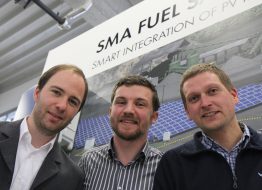
Our colleagues Stefan Tait, Johannes Weide and Tim Roesinger were involved in planning and installing the hybrid system in Cobija.
What are your lasting impressions of Cobija?
Tim: I was really surprised by the city. Even when I was on the plane, Bolivians were advising me to steer clear of Cobija. They said there’s nothing to do there and that I should take care because it’s not safe. But all the Brazilians crossing the border to shop in Cobija helped to make the city seem really lively. It’s never quiet on the streets. The people are really outgoing and friendly, and I always felt safe. It’s quite easy to get chatting to the people there. If you ask them something, for example, this is a good way of striking up a conversation about the country and its people—even if this does frequently involve lots of hand gestures…
Stefan: I was really impressed by the people’s ability to improvise. We witnessed a great example of this during the inauguration ceremony for the system. The President was supposed to arrive at 11:30 am. We were on site at 9 o’clock, at which time there was still very little to see of the planned festivities. But by 11:30 a.m. sharp, the tent and stage were standing and the military parade was ready to go. That would have been unthinkable in Germany.
Thanks a lot for the interview.

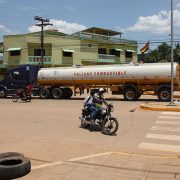
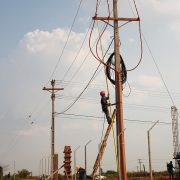
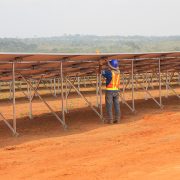
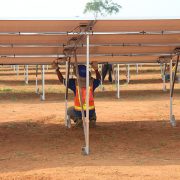
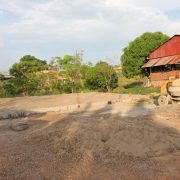
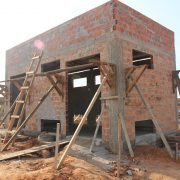
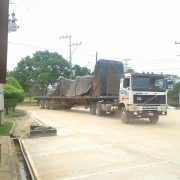
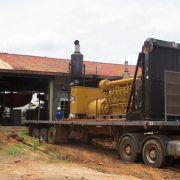
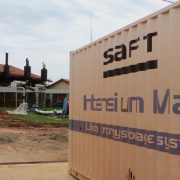
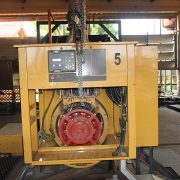
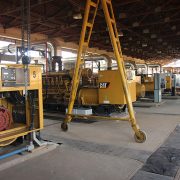
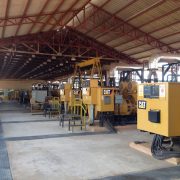
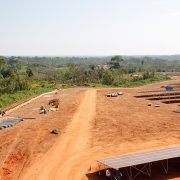
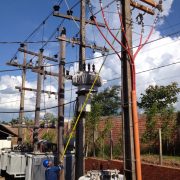
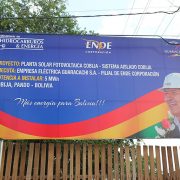

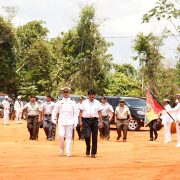
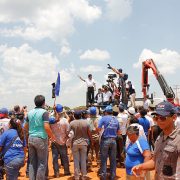
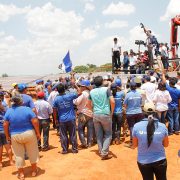
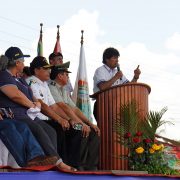
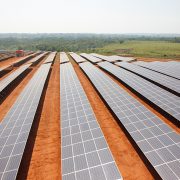
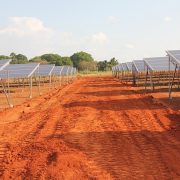
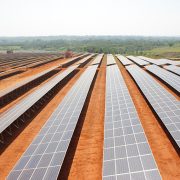
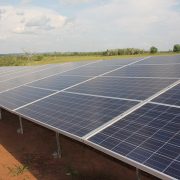
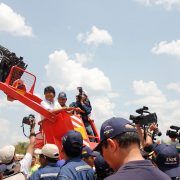
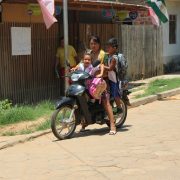
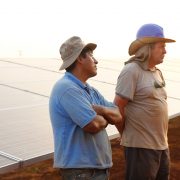
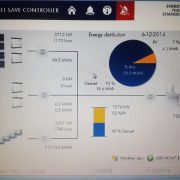
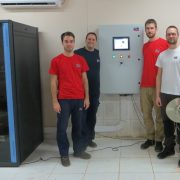
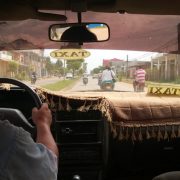
Great job.
Just a question, can the diesel genset be turned off in this system?
Hi Abdelhamid,
Thank you:-)
Diesel-Off-Mode (DynamicGensetShutdown) is not used in this system, as it was not available at that time. This would require both the battery and the PV to be dimensioned larger and the usage of gridforming battery inverters.
Kind regards,
Anke
Thank you for the answer